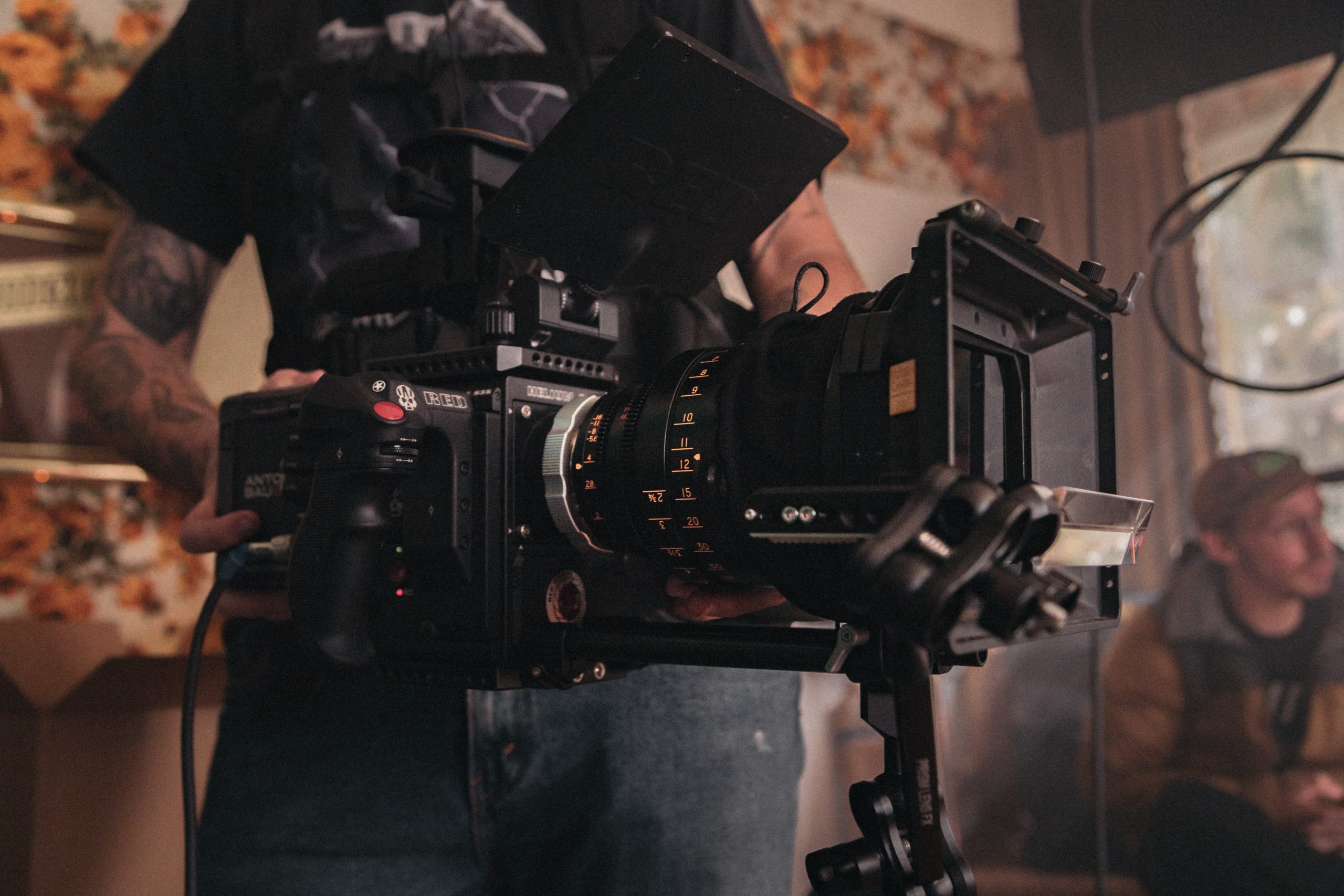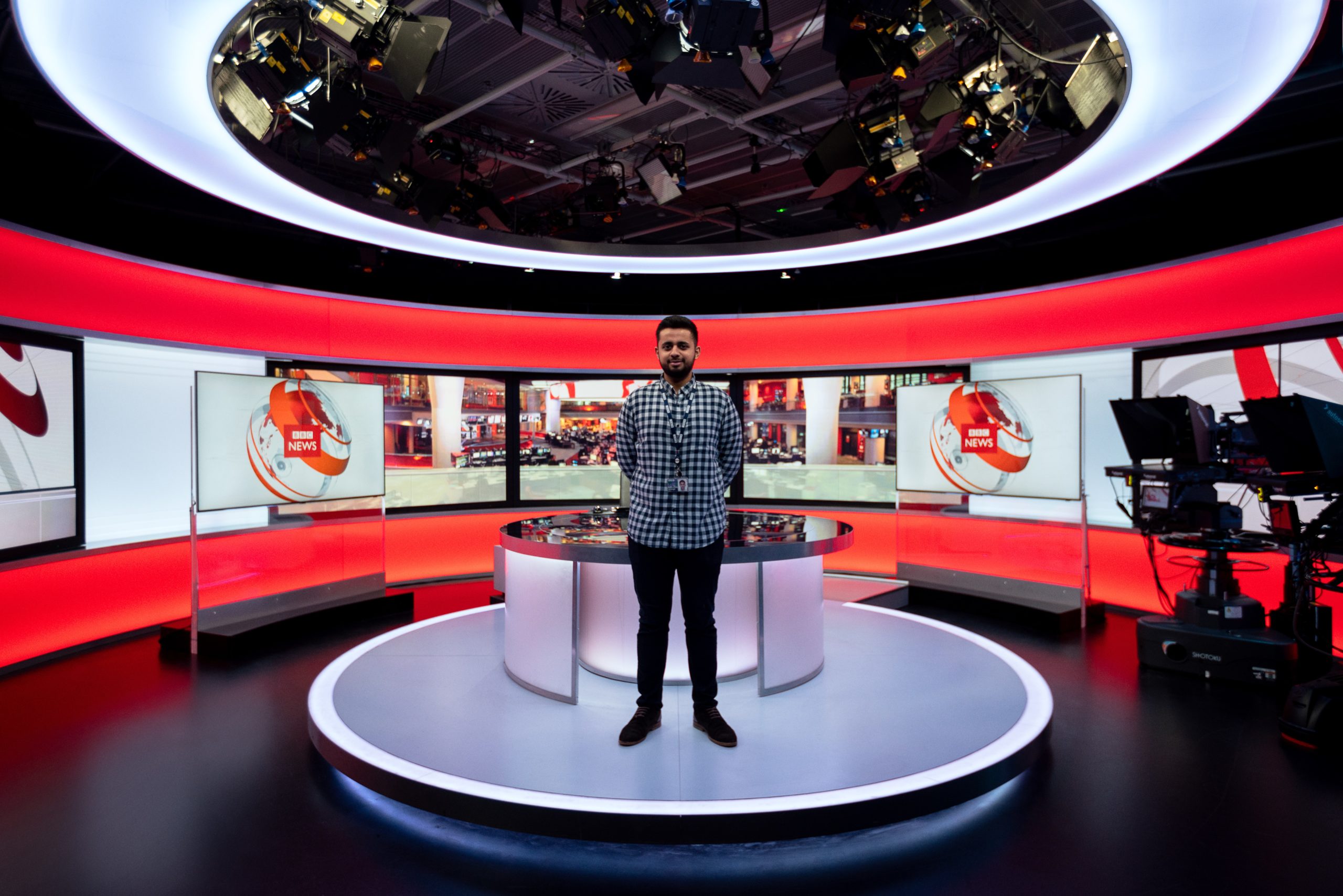Can you feel that, event planner? It’s the dawn of the hybrid event era! The virtual revolution paved the way to greater accessibility and inclusivity, so it goes without saying that virtual events are here to stay. Meanwhile, in-person events are making a comeback. So, which one will prevail? Well, this is not an argument, so there’s no need to pick sides. Why not both?
The perfect union of these two (seemingly mutually exclusive) event trends are hybrid events. After all, in the events industry, we are all united and dedicated to bringing people together.
Hybrid events comprise many little parts, such as choosing the right event platform, developing a COVID-compliance strategy, and of course, taking care of the production and AV side of things. Today, we’ll focus on the latter. Let’s see how you can best support both your virtual as well as in-person attendees with the right AV equipment, shall we?
Production Depends On Hybrid Event Models
The world of hybrid events is versatile and endlessly creative. A while back, we introduced four different hybrid event models to help you navigate all the different ways you can produce a hybrid event. You probably guessed it: the AV equipment you’ll need for each of them will differ. And when you throw in the goals and objectives of your event, the AV equation grows even more unique!
You can be sure of one thing, though; there is no hybrid event without a live stream. Take the satellite model, for example; several small to medium pods that can host viewing parties. Make sure to give your attendees representation in the live stream. Put a camera in each pod and broadcast it to the mainstream. Let’s be honest – sitting people in front of a screen won’t cut it anymore. In the era of Netflix and on-demand content, we all prefer to watch things at our own leisure. Your event has to offer more than that. Good AV setup is a must!
Stage Design: A Little Bit Of Lighting Goes A Long Way
Going deeper down the hybrid rabbit hole, your hybrid event equipment needs will also depend on the stage design and backdrop. The general rule of thumb is this: the more complex and unique the design stage, the higher the event budget. Stages with runways will call for a different set or amount of equipment than a square one, for example.
Cameras see the stage differently than the human eye. When reviewing the production of the PCMA Educon 2021 (a well-executed hybrid event!), our Chief Einstein Will Curran pointed out that a black drape is definitely not a way to go. Instead, add some texture, or better yet, show off your brand! Take the opportunity to burn your event into your attendees’ minds, much like Web Summit does year after year.
Hybrid Event Production: Lights, Camera, Action!
Let’s get one thing straight right away: the (pre-pandemic) days of getting away with a choppy live stream and a single camera in the back of the in-person event are over! Think of your hybrid event as a super-engaging news broadcast or a TED Talk instead. Virtual audiences should no longer be treated as second-class citizens but rather as equal to your in-person crowd. After all, chances are that the virtual audience is even bigger than the in-person one. But to truly captivate the virtual attendees, you first need to invest in quality equipment for video production.
How many cameras do I need? Event planners often try to save on event AV costs by keeping the number of cameras as low as possible. Hybrid events, however, are by default multi-camera events. A common misconception is that two cameras are enough to achieve production success, a shot of the speaker from head-to-toe and a tight shot from the chest up.
However, we recommend starting your camera count at three. That way, you get three unique angles with various shot sizes. Similarly, TED’s production guide, which is the golden standard for capturing educational sessions, recommends at least four cameras.
What kind of cameras will I need? With 2-3 manned (broadcast) cameras and a wide-angle camera, your hybrid event AV team can do wonders. And depending on the design of your hybrid event, a PTZ (Pan/Tilt/Zoom) camera can replace several camera operators and save you a significant amount of money.
Cameras Don’t Belong In The Back Of The Room!
Put your cameras where you need them, and that’s definitely not in the back of a huge ballroom. Remember, the speaker should be engaging with both the virtual as well as the in-person audience. By moving the cameras closer to the speaker, you ensure that the speaker doesn’t forget about the virtual audience and can establish direct eye contact with them, creating a truly intimate experience for both hybrid event audiences. Ensure that the speaker gets the same training as a virtual event speaker would, so they know how to work with the cameras and bring that broadcast quality to your hybrid event.
Tally Light: A Small Piece Of Equipment That Goes A Long Way
Speaking of perfect broadcasts, there’s one small piece of production equipment that does wonders for audience engagement at hybrid events: a tally light.
We all know tally lights from TV studios. They sit on top of cameras and signal to the speaker when and which camera is currently live. That way, they know what camera to look at to fully engage with the virtual audience.
Without a tally light, the speaker has no way of knowing which camera is currently rolling and the point-of-view of the virtual audience.
Hybrid Event Production: I Can Hear You Loud & Clear!
One could argue that audio matters even more than the visuals of your hybrid event. Your attendees might forgive a glitchy moment or two in your live stream, but they definitely won’t stay tuned in long if they struggle to understand what’s being communicated or they have to suffer through screeching sounds. And while hybrid event speakers can easily re-engage with the in-person audience if they feel their attention slipping away, they don’t have that luxury with the virtual attendees. Once they’re no longer listening, speakers can’t do anything to get them back, even if they bend over backward.
First off, you have to take care of the basics. Hire a sound engineer who will make sure that the audio is flawless. Remember, hybrid event venues come in all shapes and sizes, and they all carry sound differently. Think ahead of what kind of a microphone your speakers want to use. Keep it professional! Consider lavalier microphones or wireless microphone systems.
Here’s a sports-game-inspired tip that will surely elevate the audio experience for your virtual attendees. Add a microphone that will pick up the sounds from the room, such as clapping, cheering, and even coughing of the in-person audience. That way, your virtual attendees will feel like they’re truly a part of the same event and not just on the outside looking in.
Hybrid Event Production: You Can Do It!
As you’ve probably guessed by now, there is no one single best way to produce a hybrid event. Choosing the right AV equipment will depend on the goals and objectives of your event, the number of your attendees, and your preferred hybrid event model. The good news is that you don’t have to do it all alone – nobody expects you to. Lean on your trusted event production partners who have the know-how of turning your vision into a truly unforgettable experience.
In-person events are slowly but surely returning, and having a virtual component is already becoming the norm. Whatever way you look at it, hybrid events are the future!
So, if you have any questions about hybrid – not just production, any at all! – reach out and talk to us. As always, we are here to lend event planners a helping hand.












